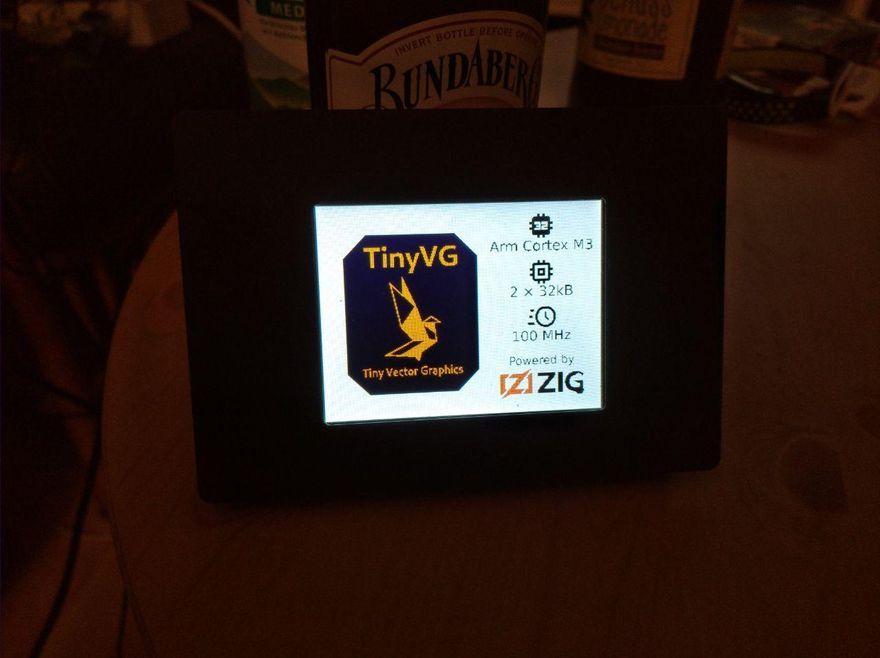You can already use the SDK as-is on a embedded platform! The C header doesn't include a exported function for this, but the Zig implementation provides a "render chunk" function.
If you are willing to use the Zig implementation, you can achieve embedded rendering with less than 32k of RAM:
But i agree that this should be added to the C API as well.

Would it be possible to add a partial rendering function to TinyVG? Typically, on embedded system, we don't have enough memory to store complete picture buffer in memory. So most system simply call the drawing loop multiple time, each time with a different drawing window.
Applied to a vector format, it means adding a "top/bottom/left/right" clipping to the rendering function so the rendering only happen within the same buffer, but a different output area of the image. That buffer is then transferred to the screen, and the rendering is called again with the next window.